The company has laid a solid foundation for 7 years. This year is the 8th year and it is time to prepare for expansion. If someone wants to expand your business, you must first expand sales. Since our industry is highly professional, sales are trained from pre-sales support. If you don’t understand technology, you can’t talk about business. For this reason, the head office recruited a group of new employees and trained them. The purpose of holding this meeting is to train new employee and gather personnel from branches and offices in various places for systematic training, so that they can talk about projects more confidently in the future.
The training plan is divided into several modules, starting from the outlook of the development trend of four-way shuttle, to the design of four-way shuttle, racking selection, force analysis, weight calculation, etc., to basic sales training and the production of commercial and technical bids. Between each module, there are tea breaks and Q&A time. The atmosphere is relaxed and pleasant. While the participants are familiar with the specific technology, they also deepen the close cooperation relationship between colleagues and communicate different views.
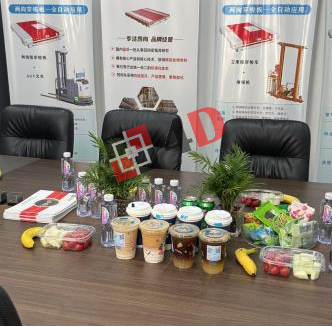
Module 1 : Importance and future trends of the four-way shuttle project
The training started with a focus on "The importance and future trends of the four-way shuttle project". The company's general manager, Mr. Zhu, was the main speaker. He made an in-depth analysis and comparison of the advantages and disadvantages of four-way shuttle dense warehouses, stacker warehouses, shuttle board warehouses and M/S garages, further laying the foundation for the future trend of four-way shuttle intelligent warehouses.
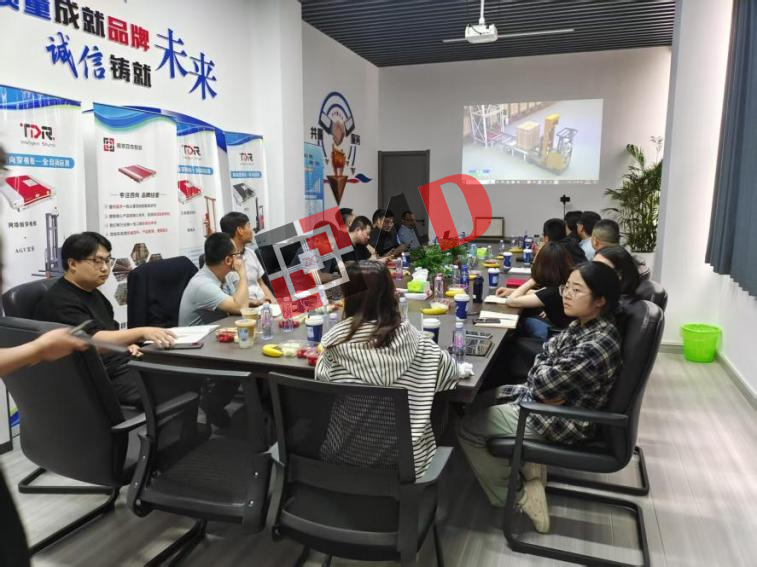
Module 2: Project Information Collection
Before designing a plan, sales should fully understand the specific information of the project when communicating with customers, such as warehouse floor plan, logistics direction, warehouse net height, pallet specifications, styles and fork direction, goods weight, pallet plus goods height, number of pallet locations requirements, fire protection location, efficiency, etc. Just like building a house, these information are essential building materials. Therefore, the accuracy of the project information in the early stage is a crucial step.

Module 3: Rack design and selection, four-way shuttle and equipment standards, software process
The project designer mainly talked about the rack and introduced the precautions for rack selection, such as the selection of column pieces , track width, etc. In this session, the participants discussed various selection details and took this opportunity to communicate with the designers if they had any questions. The person in charge of the four-way shuttle explained the internal structure of our company's four-way shuttle and the differences between different models. He also showed the four-way shuttle drawings and gave a professional technical explanation. In addition, the speaker also explained the precautions for the design of the four-way shuttle warehouse and the introduction of the equipment, such as the operating environment, rack size requirements, four-way shuttle selection, transition conveyor and other aspects. Finally, the software manager shared the software business process, introduced the equipment required for the hardware part and the scientific configuration of the server.
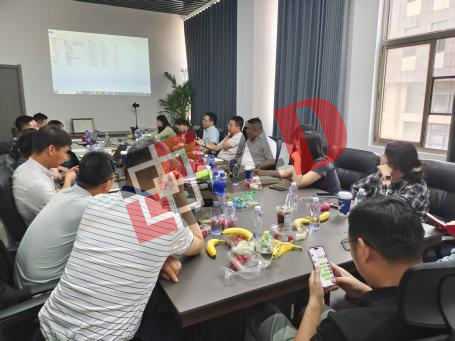
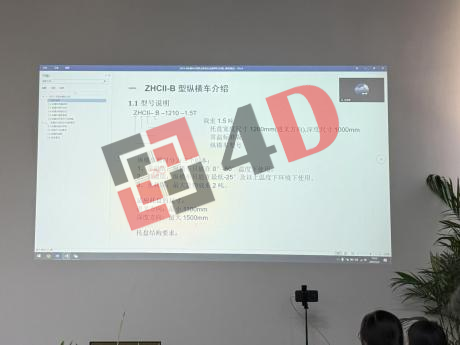
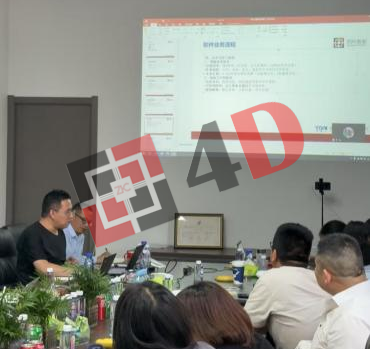
Module 4: Project Design
In order to give everyone an intuitive understanding of the design scheme, the speaker used specific project cases as the object to analyze some problems and precautions that may be encountered when designing a scheme, such as logistics direction, product types, column factors, efficiency factors, fire protection issues, etc. At the same time, the gaps between different design schemes for the same project and the improvements before and after were also compared.
Participants were very proactive in expressing their opinions and any questions they had were raised for discussion.
This link also led to some subtle details of the project design. For example, the clearer the distribution of the types and quantities of the customer's stored items, the more accurate the designed lanes will be, and the closer the plan will be to perfection.
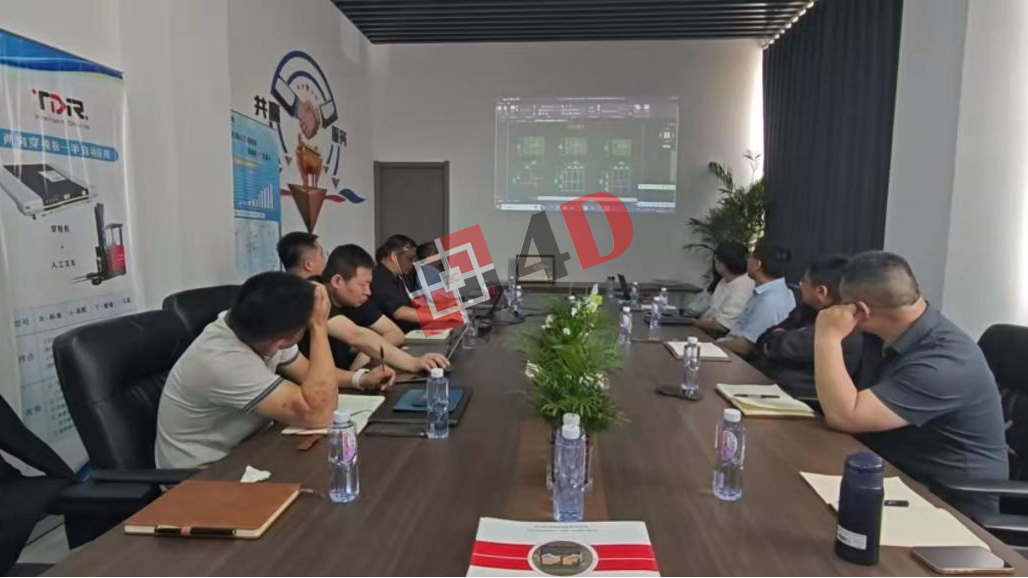
Module 5: Force Analysis of the Rack
This module was explained by our company's professional technicians, mainly analyzing the four-way rack's columns, beams, horizontal pulls and other components. Starting with several specific cases, the on-site analysis took everyone step by step, and the participants actively raised the points they did not understand, and everyone discussed and analyzed together.
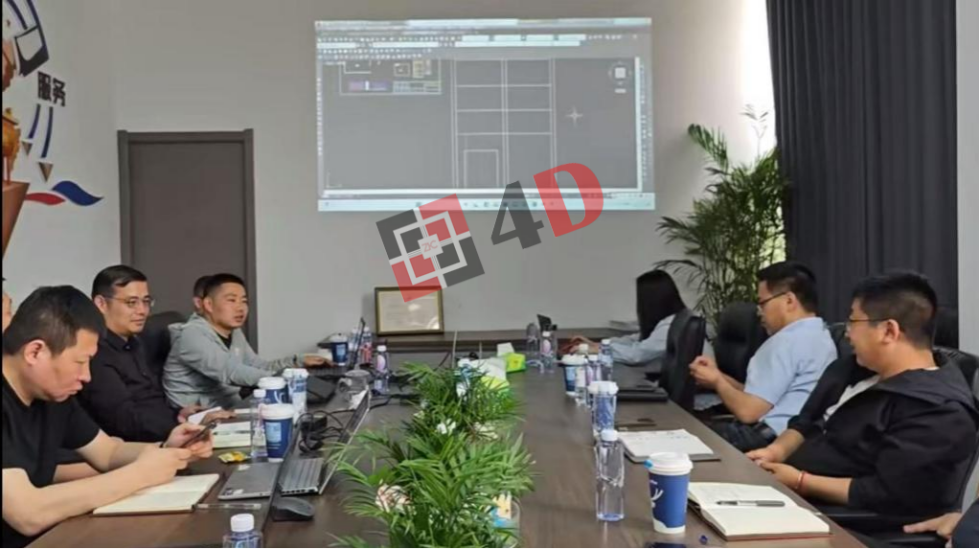
Module 6: Project Quotation Preparation, PPT Preparation
The company has a standard project quotation template for reference, each cost is clearly stated, and the pricing differences for different requirements are marked. The speaker showed the participants how to calculate the weight of the rack, the freight calculation, and how to calculate the number of certain equipment required , hoping to let them understand how to make an appropriate quotation for different projects .
At the same time, in this module, the speaker also demonstrated the use of the project plan description PPT template. In order for customers to better understand the plan, we will also prepare a PPT file of the plan description as auxiliary material when providing the plan.

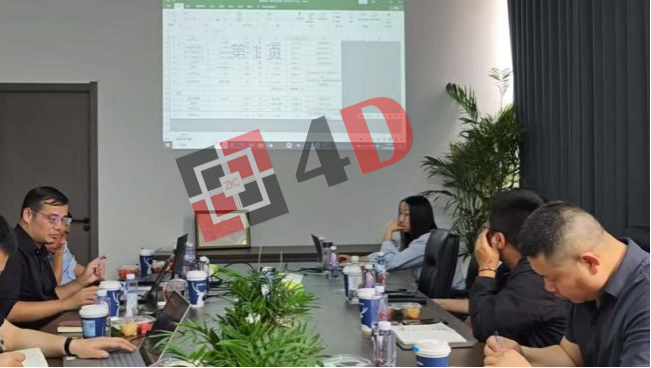
Module 7: Basic Sales Training
Experienced seniors in the industry shared the "standardized sales documents" in this session, which included many useful skills, such as customer information sources, telephone communication skills, the process of inviting customers to visit the factory, the process of project site visits, the process of explaining in the meeting room, etc. He also pointed out the basic qualities that sales should have: passion, eagerness to learn, optimism, perseverance, etc. This session greatly inspired the positive spirit of sales, and these years of experience sharing will definitely help the growth of newcomers.
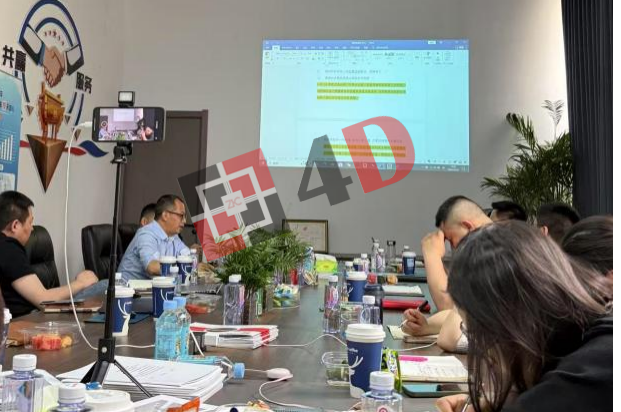
Module 8: Preparation of Commercial and Technical Bid
The lecturer of the commercial bid reminded everyone that when preparing the bidding documents, they should carefully read the bidding document requirements, especially the key requirements. When preparing the bidding documents, they must be prepared in accordance with the bidding document requirements and no items should be missed or wrong. He also pointed out that when preparing the bidding documents, the first thing to consider is not to lose points and be canceled , then consider pluses.
The technical standard presenter showed everyone the company's standard template, explained the content of the document and what modifications need to be made for each project. The participants also discussed the document and expressed their own opinions and feasible modification suggestions.
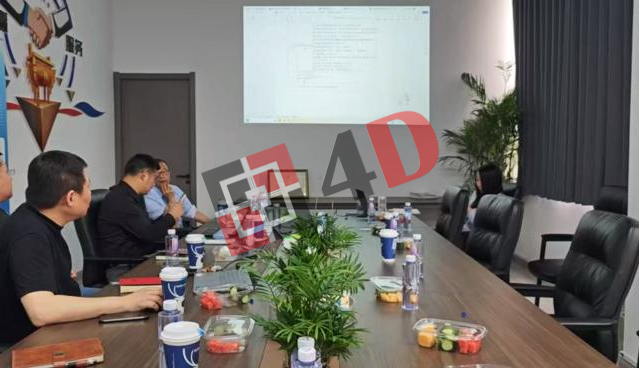

At the end of the training, the general manager made a satisfactory summary and encouraged all employees to work hard together to improve their professional and technical qualities in order to realize the company's vision - to create a world-class intelligent warehousing system!
Post time: May-20-2025